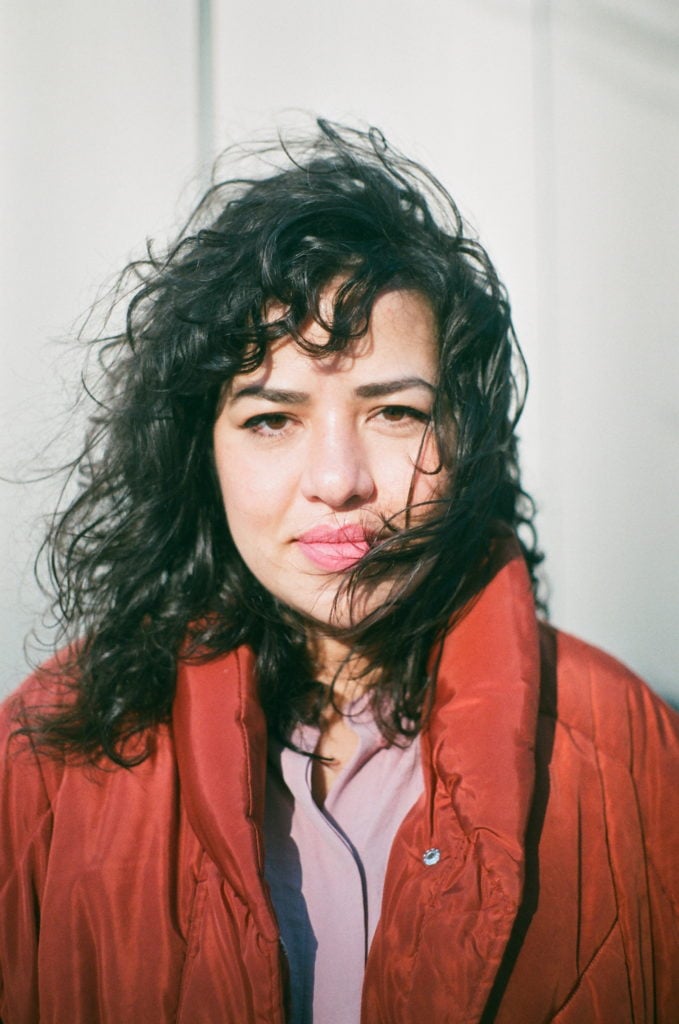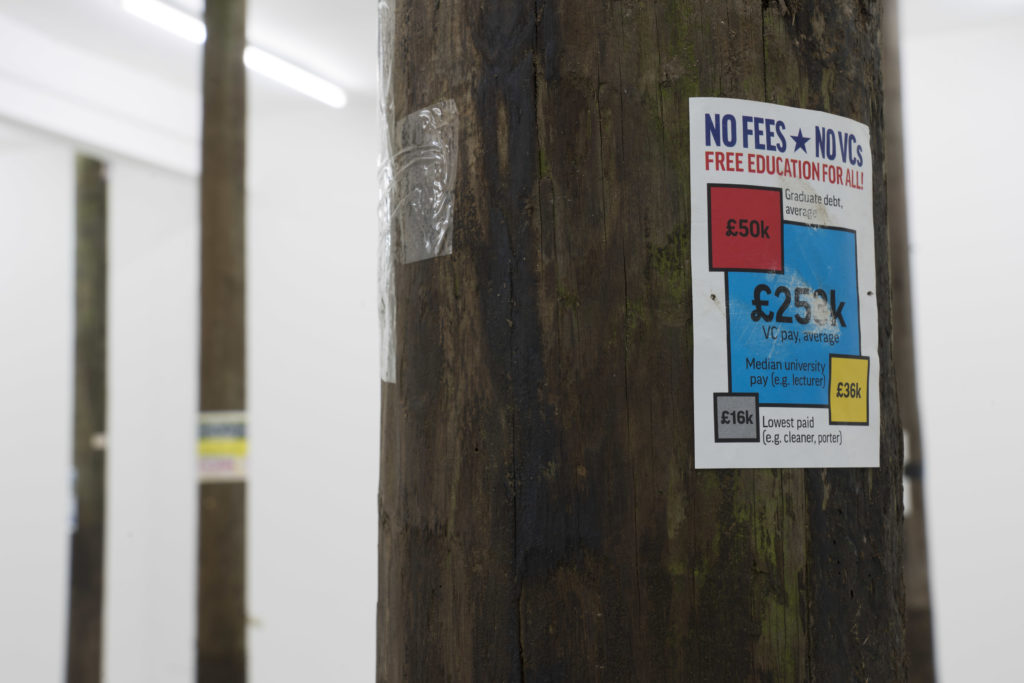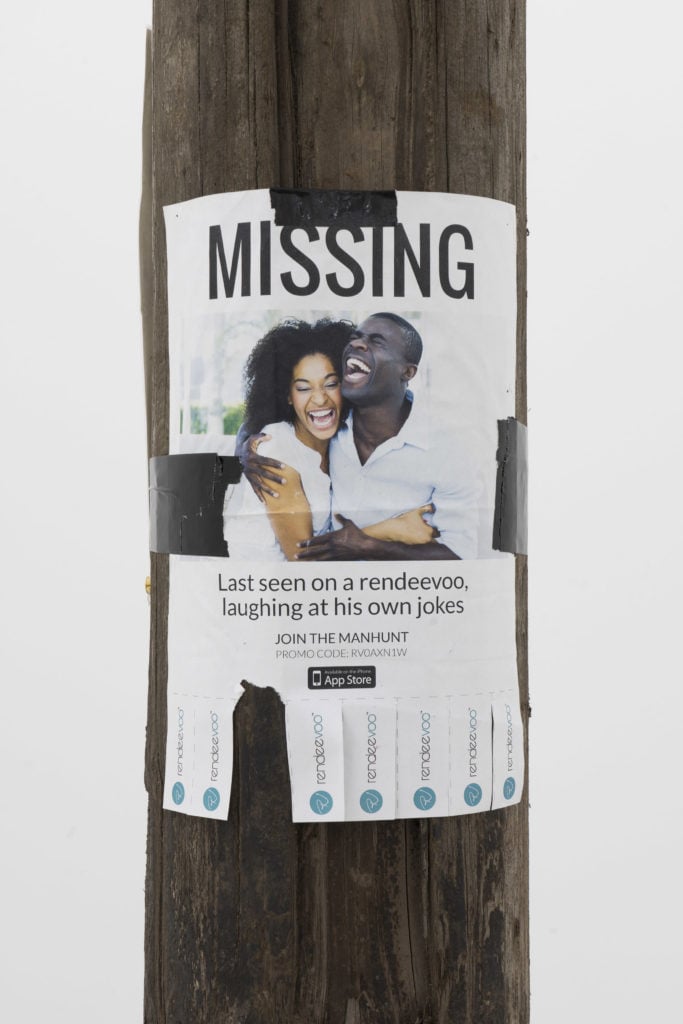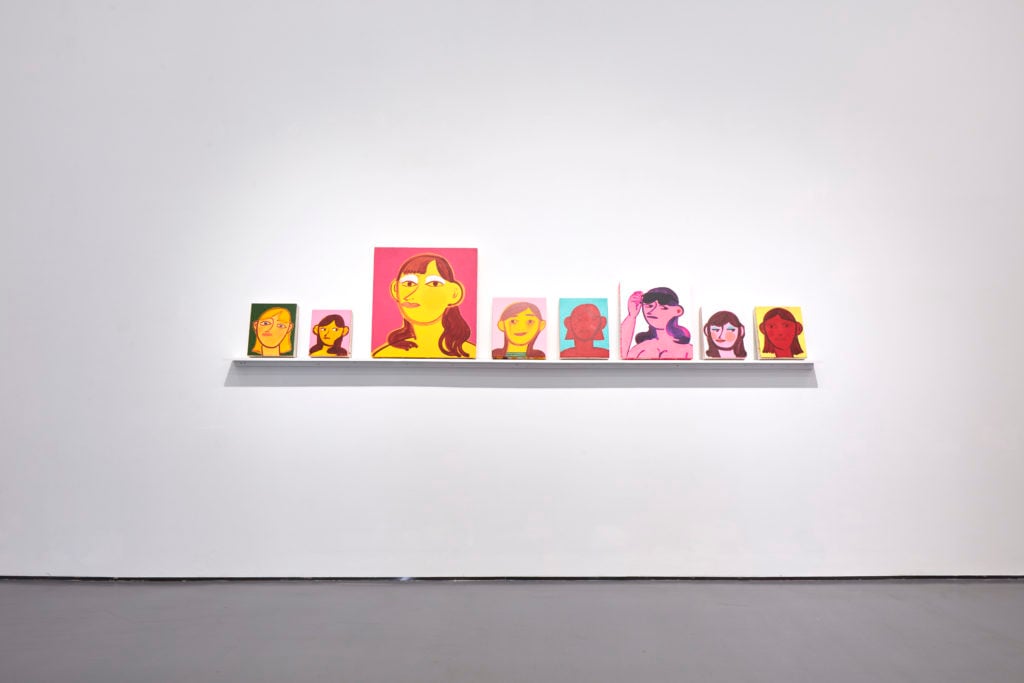People
Condo Founder Vanessa Carlos Thought Collaboration Could Save Small Galleries. It Hasn’t Been That Simple
We sit down with Condo founder Vanessa Carlos to reflect on the ups and downs of her gallery-share initiative Condo.

We sit down with Condo founder Vanessa Carlos to reflect on the ups and downs of her gallery-share initiative Condo.

Naomi Rea

Imagine a world without art fairs.
That was more difficult to picture a few weeks ago than it is today, after scores of events have been postponed or canceled amid a global health emergency. But four years ago, one adventurous, imaginative gallerist—Vanessa Carlos—was already envisioning an alternative to the merry-go-round of art fairs that have been draining artists’ studios (not to mention ballooning carbon emissions) for more than a decade.
The result was the gallery-share initiative Condo. Since 2016, Condo has grown into a global but still bootstrapped endeavor that allows a dealer to mount a show in a gallery in a different city for a month at a time. When the initiative first emerged in 2016, the idea was hailed as the potential savior for small galleries whose bottom lines were being drained by pricey art-fair participation, with no guarantee that their investment would pay off.
“I didn’t set out to save anyone,” Carlos, now 35, says in an interview with Artnet News at her London gallery, Carlos/Ishikawa. “I think what was nice and took me by surprise was that the art world at large felt very engaged with this idea of collaboration.”
Despite high hopes, Condo has not transformed businesses—it is too subtle a concept for that. But it has injected a spirit of collaboration, hope, and novelty into the industry at a time when many felt trapped on a hamster wheel of art fairs.
“I’m deeply interested in power structures,” Carlos says, adding that she sees the gallery-share model as an almost “feminine” way of selling: It subverts the patriarchal, capitalist machinations of the art fair, instead privileging “quality” interactions that can lead to substantial relationships—as well as sales that go down at a Frieze or a Basel. Carlos says she feels validated when fellow dealers come up to her and tell her, “Condo works!”
Thinking outside the box is natural for the São Paulo-born, London-based gallerist. She started out studying fine art believing it to be “a vehicle for human connection,” and then took jobs at London galleries with reputations for good—and, critically, not obvious—taste, including Stuart Shave Modern Art and the Approach. The transition into the business world was instinctive. “I got into it because if we have to monetize things we like to spend time with in order to spend that time with them then that was the natural progression,” she says.
Carlos opened her own gallery somewhat spontaneously in 2011, after a childhood friend told her she needed to invest in a business in order to get a visa. Since then, the space has become a reliable hub for inventive art by international names, many of whom would go to become regulars on the biennial circuit, such as Korakrit Arunanondchai, Oscar Murillo, and Evelyn Taocheng Wang. (Before it was common practice, she and David Zwirner shared representation of Oscar Murillo, whom she began working with well before he became a big name, and continues to work with today.)

Installation view, “LLoyd Corporation: Person to Person” at Carlos/Ishikawa during Condo London 2020. Image ©Lloyd Corporation 2020, courtesy the artists and Carlos/Ishikawa, London.
The artists she is interested in are united by a sense of experimentation—not committed to any one medium, they will often dabble in performance, object-making, and other ways of working. So perhaps it makes sense that Carlos was among the first to decide that the art-fair structure—which forces dealers to reduce their artists’ work to its most easily commodifiable form—was untenable.
“The art world is increasingly this microcosm of the structure of the world at large that I find very oppressive,” Carlos says. “Fast-forward ten years, and ultimately what happens is that the art suffers. You wonder, why is the art so uninteresting and commercial?”
Unlike art fairs, participating in Condo is free. Visiting galleries only pay $750 into a pot, which covers the party and the designer fees and maps.
Has Condo saved every small-to-midsize gallery? No. But Carlos says she never intended for it to. By design, the initiative is not about immediate gratification, a quick influx of cash. It is about building relationships outside of a sterile booth—between gallerists, collectors, and visitors.
“I would like to think that if you do Condo it means you can skip a few mediocre fairs,” she says. “But you’ll always have to do Basel.”
In the four years since its inception, Condo has found new participants (bigger galleries such as Sadie Coles, and Maureen Paley are now regulars) and expanded to launch editions in New York, Shanghai, Mexico City, and her hometown of São Paulo. (It has also spawned copycats everywhere from Warsaw to Tokyo).
Originally, Carlos intended to have one edition per region in Asia, North America, South America, the Middle East, and Africa (the right opportunity has yet to materialize for the latter two). She often gets proposals to launch new editions, but doesn’t go for it unless it feels like an exchange that could bring value for everyone. While some might see it as a bit of an exclusive club, she explains: “I didn’t want to have a million Condos and for it to be this other exhausting thing.”

Installation view, “LLoyd Corporation: Person to Person” at Carlos/Ishikawa during Condo London 2020. Image ©Lloyd Corporation 2020, courtesy the artists and Carlos/Ishikawa, London.
The initiative is not a huge operation, and Carlos tries to keep a lid on the number of participants. The London edition is organized by Carlos and her existing gallery team, and other editions are also run by the organizing gallery and their team. “I think the biggest limitation about it is that if you scale it up, you really lose something,” she explains. “People are always thinking bigger is better. But what is lost?”
Despite all that, Carlos is in talks to stage a Condo in Berlin. “I didn’t really have an interest in doing another big Condo in Europe, and especially not Berlin because there’s too much going on there already.” But when a leading German gallery approached her saying the city needed it, she was ready to listen. (It is important to note that Carlos was speaking before the public health situation escalated, and the plans for the Berlin edition are now on hold.)
In the years since Condo took off, collaboration has become a buzzword at all levels of the market. Just last month, news broke that Pace, Gagosian and Acquavella would team up to sell the $450 million estate of Donald Marron. Mega-galleries have also agreed to allow star artists like Avery Singer and Nicolas Party hold onto their smaller dealers after joining with the big guys.
“I think that because the system is becoming so extreme, they’re realizing more what they lose when they just get immersed into this corporate situation,” Carlos says, although she stresses that she thinks there is a “long way still to go to make that a fully functional system.”
Other trends of which Carlos was an early adopter are playing out more widely on the market. After recognizing a “technology blindspot” in the art world, Carlos developed a Condo app last year. While around 1,000 users are signed up, the dealer admits it hasn’t really taken off.
She suspects it fell flat mainly due to the existence of more widely adopted, sophisticated social networks. “Even if you do a specialized app like that, it’s very hard to compete with Instagram,” she says. She hopes Basel, which has invested in its own app, might be better positioned to move the needle when it comes to technology in the art world. (While Art Basel is a big business in the art world, it is still a small-to-midsize business compared to Instagram.)

Installation view “All the Girls” (2018) at Condo Shanghai. Courtesy of the artist, Koppe Astner, Glasgow and Soy Capitan, Berlin at AIKE Gallery, Shanghai.
Elsewhere, she is experimenting with an online viewing room for her own gallery in anticipation of potentially opening up a project space in New York. “New York is so important, and I have a few artists who are not represented there,” she says. She is working on an idea with the gallerist Tobias Czudej, but the project is still just a seed, and Carlos doesn’t want to take too big of a risk.
“It’s so hard to have a stable gallery, and I don’t want New York to be a financial burden on me here,” Carlos says. “So we decided to fundraise in advance.” The pair will only open in New York when they have a pool of money large enough to run it for a couple of years even if they didn’t make any sales.
She doesn’t want an external backer or to take money away from her existing business, but could see it turning into a permanent space down the line. Like everything else she does, the Condo founder wanted to ensure this project could be done “in the most free, independent way possible.”